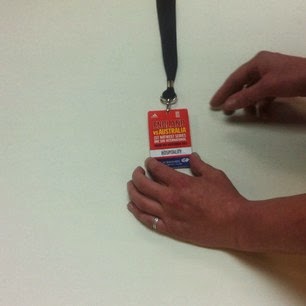Leaflets are a fantastic means of promotion
for businesses of all sizes. You only have to think about how many leaflets you
receive a day/week to realise how much they are prized by businesses across the
country. There is a problem, though. Given that there are so many leaflets out
there, there is a lot of competition for the recipient’s attention. It is
important that your leaflet is the one that people notice, amongst the masses
of leaflets that they see. There are a few rules of leaflet design that will
help you to ensure that your target audience notices, and pays attention to,
your leaflet.
1.
The Focal Point: there’s an old saying,
‘the first bite is with the eye’. This means that people take a first
impression from what they see. You must ensure that they like what they see, or
that it at least captures their attention. The focal point must be eye catching,
interesting and forceful. A focal point could be a short headline, or a
picture.
2.
The Headline: Once you’ve captured their
attention, you need to ensure that you keep it. For most leaflets, your purpose
is to gain customers. To gain customers, you have to let them know that you
have a product or a service from which they can benefit. Your headline needs to
say, in as fewer words as possible, exactly what it is that you can do to help
them - and why they should use that product/service.
3.
The Copy: copy simply refers to the
content of the text. You need to make sure that everything your write is easy
to understand, but also that it uses as few words as possible to say as much as
possible. In other words, you need write in a manner that is clear,
straightforward and succinct. If you do need to write a lot of text, then you
can minimise the impact by breaking it up using strategically features such as
bullet points and numbering.
4.
Rep, Rep, Repetition: Avoid repeating
yourself when writing the leaflet. You only need to cover a topic once, you
don’t have to keep pushing the point. In fact, if you push too hard, it can come
across as a hard sell, and this will turn people away from the message that
you're trying to convey.
5.
Design: there are a few rules with
design. Firstly, you have to make sure that the design has flow – where there
needs to be alignment, it must line up straight; avoid any clutter, either
visual or textual. Human brains prefer symmetry and order, so if your leaflet
does not show these properties, people will turn away.
6.
Keep it interesting: you need to stand
out from the crowd, without neglecting the above rules. A great way to do this
is to choose an unusual style of leaflet, such as Z card printing. Z card printing is becoming increasingly popular, but at present is still novel enough
to stand out. Other ways in which you may be able to stand out is by using
fresh and funky designs. The trick here is to think outside the box.
Follow us :





